The future of transportation is being reshaped by a powerful duo: autonomous driving and sensor technology. This innovative combination is not just transforming the way we get from one place to another; it’s redefining the very concept of mobility, promising safer, more efficient, and environmentally friendly journeys.
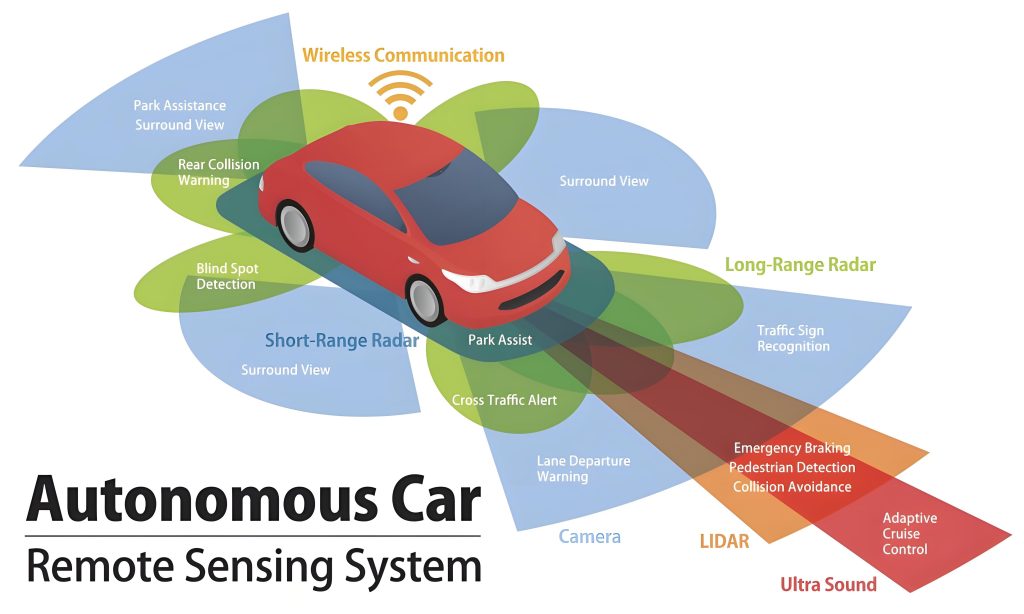
Autonomous Driving: The Future of Mobility in Motion
Autonomous driving, or self-driving technology, has captured the imagination of scientists, engineers, and the public alike. It represents a paradigm shift in transportation, where vehicles are capable of navigating roads and intersections without human intervention. This technology relies on a complex interplay of advanced algorithms, powerful computing systems, and, most crucially, a suite of sophisticated sensors.
From simple lane-keeping assistance to fully autonomous vehicles that can handle all aspects of driving, the evolution of autonomous driving technology is happening at an unprecedented pace. These vehicles use sensors to perceive their environment, process vast amounts of data in real-time, and make intelligent decisions to ensure safe and efficient travel.
Sensor Technology: The Eyes and Nerves of Autonomous Vehicles
At the heart of autonomous driving lies sensor technology, which serves as the vehicle’s eyes and nerves. A combination of sensors, including cameras, radar, LiDAR (Light Detection and Ranging), and ultrasonic sensors, work together to provide a 360-degree view of the vehicle’s surroundings.
Cameras capture high-definition images, allowing vehicles to “see” objects and lane markings. Radar systems detect the speed, distance, and direction of other vehicles and objects, even in adverse weather conditions. LiDAR uses laser beams to create a detailed 3D map of the environment, providing precise information about the shape, size, and location of obstacles. And ultrasonic sensors detect nearby objects, adding an extra layer of safety for low-speed maneuvers like parking.
The Power of Integration: Autonomous Driving and Sensor Technology in Harmony
The true strength of autonomous driving lies in the seamless integration of sensor technology with advanced algorithms and computing systems. The sensors continuously gather data, which is then processed by powerful computers running complex AI algorithms. These algorithms analyze the data, identify patterns, and predict potential hazards, enabling the vehicle to react accordingly.
Whether it’s avoiding a sudden obstacle, navigating through heavy traffic, or parking in a tight spot, autonomous vehicles equipped with advanced sensor technology are capable of handling a wide range of driving scenarios. This not only improves safety but also enhances the overall driving experience, reducing stress and fatigue for passengers.
Revolutionizing the Transportation Industry
The impact of autonomous driving and sensor technology on the transportation industry is profound. It has the potential to significantly reduce traffic accidents, as human error is the leading cause of most crashes. It can also improve traffic flow, reducing congestion and saving time for commuters. Additionally, autonomous vehicles can operate 24/7, increasing the efficiency of delivery services and enabling new business models like ride-hailing and on-demand transportation.
Moreover, autonomous driving technology can help address environmental challenges by reducing emissions and promoting the use of electric vehicles. As more and more vehicles become autonomous, we can expect a significant shift towards greener, more sustainable modes of transportation.
Conclusion: Navigating the Future with Autonomous Driving and Sensor Technology
Autonomous driving and sensor technology are revolutionizing the transportation industry, promising a future filled with safer, more efficient, and environmentally friendly journeys. As these technologies continue to evolve, we can expect to see even greater advancements in the years to come. From smart cities with seamless mobility networks to self-driving taxis that operate around the clock, the possibilities are endless. As we navigate this exciting new era of transportation, it’s clear that autonomous driving and sensor technology are leading the way towards a brighter, more connected future.


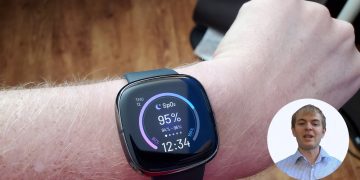




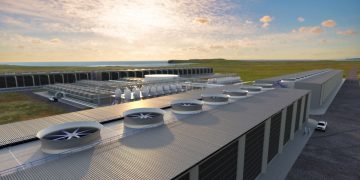
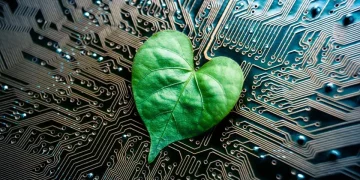

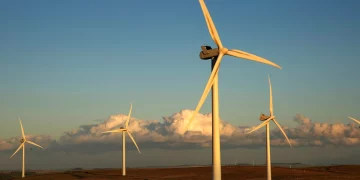





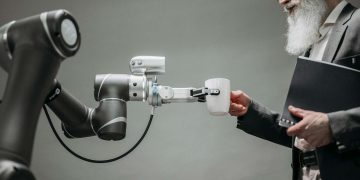




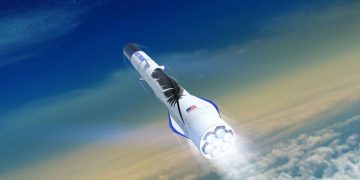
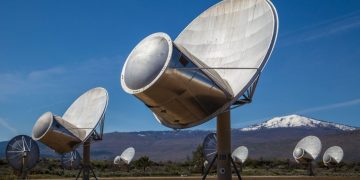







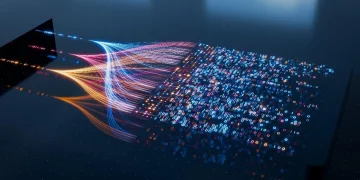

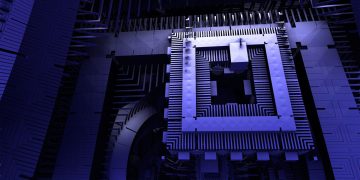




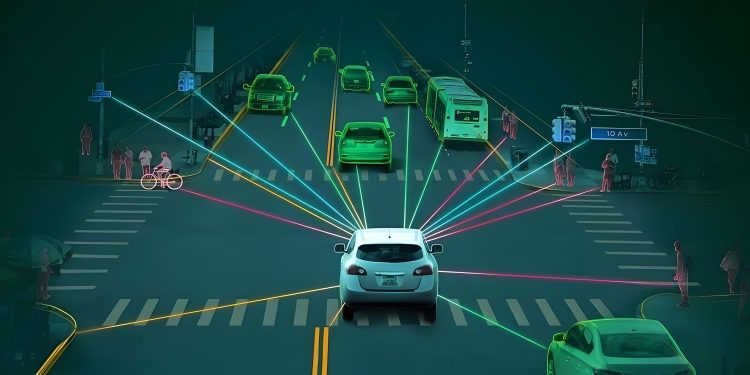












Discussion about this post